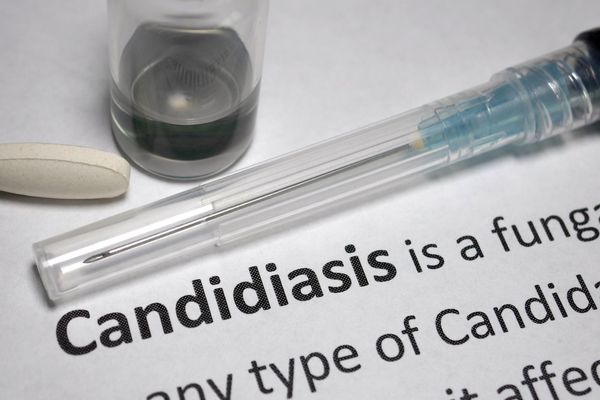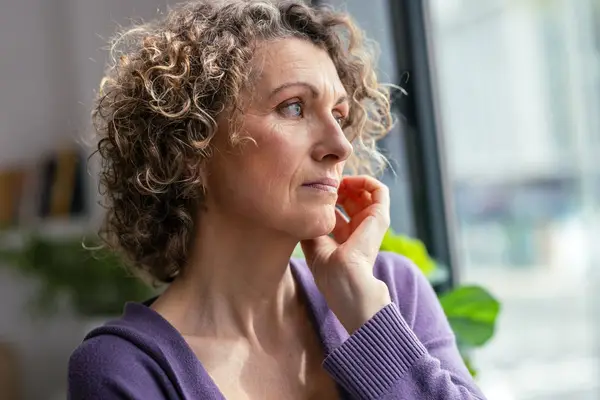From Women's Health Foundation
Much of the country is experiencing hot, sticky summer days. And with this kind of weather, it's important to keep your downstairs ventilated. You see, a yucky side effect of hot summer days is yeast infections. Yeast just loves warm, moist environments. And, if you wear your Spanx frequently hiding the leftover bulges from indulging in winter comfort food or keep your damp swimsuit on much of the day, you're at a higher risk of getting a yeast infection.
But first, what is a yeast infection? Formally called genital candidiasis, this nasty little infection is an overgrowth of fungus in the vagina. Now before you shriek "ewww," you should know that we have bacteria in the vagina already—"good" bacteria that keep you fresh and balanced.
Symptoms of a yeast infection include itching and/or burning around the vagina and pain during sexual intercourse or urination.
Read more Feminine Hygiene Tips.
There is no need to toss your Spanx in the trash or give up your summer swimming. Here are a few tips to keep your vaginal pH balanced and feel fresh and itch-free.
- Let it breathe. Cotton panties are best because cotton is a breathable material. If you exercise or sweat profusely, be sure to bathe afterward. If you wear Spanx for a fun night out, try to shower before bed and sleep without underwear to allow for ventilation. If you go to the beach or go swimming, change out of your damp suit as soon as possible and put on those dry cotton panties.
- Stay away from fragrance, body sprays, perfumes and soaps with scents. The best way to cleanse is with warm water and gentle, unscented soap used during baths and showers. Additionally, never use soap INSIDE the vagina, only use soap OUTSIDE the vagina.
- Don't douche. The Centers for Disease Control and Prevention reports that women who douche may have a higher risk of developing pelvic inflammatory disease compared with women who do not douche. Douching spreads existing vaginal infections—you are more likely to get both vaginal infections and sexually transmitted diseases. Additionally, douching will not prevent pregnancy and may make pregnancy more likely by pushing the sperm farther up into the cervix.
- Yay for yogurt. If you’re feeling like something is not right down there, try some plain yogurt (no sugar) and make sure the labels says it contains live active cultures. These cultures can help fight the bad yeast both internally and externally. Some women will actually insert plain yogurt into their vagina (sometimes called a "dairy dip"), but eating it out of a cup can be just as helpful.
- Limit sugar. Sugar promotes growth of the yeast that yogurt bacteria is trying so hard to kill.
- Be safe. Yeast infections and some sexually transmitted infections share similar symptoms, such as a burning sensation when urinating. If you're engaging in unprotected sexual activity, it is important to see your health care provider and obtain laboratory testing to determine the cause of the symptoms and treat them effectively.
- Take your medicine. If your health care provider diagnoses you with a yeast infection, he or she will prescribe either an oral fluconazole, which is taken once by mouth (avoid during pregnancy), or an antifungal vaginal suppository or cream. The CDC does not recommend purchasing over-the-counter treatments because you may be misdiagnosing yourself, and if you use these drugs without the infection, it can lead to a "resistant" infection that is very hard to treat.
- The Everyday Effects of Recurrent Vulvovaginal Candidiasis (Chronic Yeast Infection) - HealthyWomen ›
- Fast Facts: What You Need to Know About Recurrent Vulvovaginal Candidiasis (Chronic Yeast Infection) - HealthyWomen ›
- Is your sex drive higher in the summer? - HealthyWomen ›
- Feminine Hygiene Tips - HealthyWomen ›
- Genital Itchiness: What You Need to Know - HealthyWomen ›







